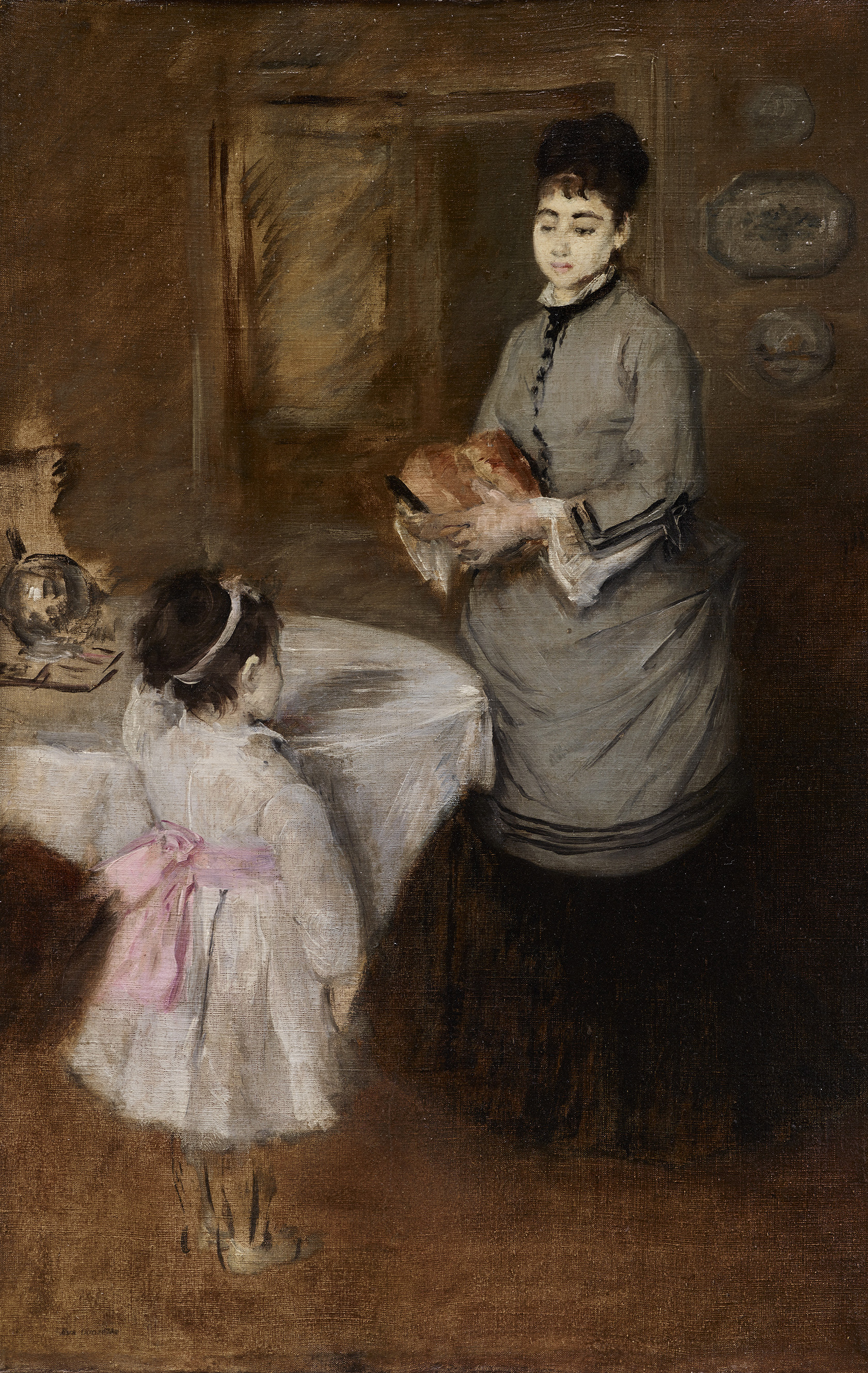It’s funny to think that, despite thousands of years of being depicted au naturel, women themselves were generally not allowed access to study the live form until the 20th century. Just a lifetime ago, they were categorically rejected from such education, barred from art academies and from the fine art world as a whole. The Dallas Museum of Art’s new focus exhibition, Women Artists in Europe from the Monarchy to Modernism, will remind you of these struggles. However, the exhibition isn’t about the obstacles female artists faced over the years so much as the creative channels they forged around them.
“If these more formal aspects of getting trained as professionals were off limits to women, what we want to think about is what were these exceptional paths that allowed them to be able to gain these achievements,” says Nicole R. Myers, the curator of painting and sculpture at the DMA. “There were a lot of things that had to come together for women to achieve the status, and it was no small feat at all.”
The exhibit, a small but impactful array of paintings, drawings, and works on paper, celebrates trailblazing artists from the late 18th century to the 1930s, including Elisabeth Vigée-Lebrun, Rosa Bonheur, and Käthe Kollwitz. Twenty-something artworks fill the small Focus II Gallery, their gold frames burning against the navy walls. Organized chronologically, it creates a fascinating timeline of creativity and resilience. The art is beautiful, of course, but the stories are equally illuminating.

Take Adélaïde Labille-Guiard. The well-connected artist worked her way into the Royal Academy of Painting and Sculpture (a maximum of four women were allowed to attend), became the official painter of King Louis XV’s daughters, and then, in an amazing twist, reinvented herself as a portraitist of leaders of the French Revolution. Then there’s the larger-than-life Rosa Bonheur, who got a special permit from the French government to allow her to wear pants so she could study livestock (a subject deemed more appropriate for women artists than the human form); or Impressionist painter Eva Gonzalés, whose simple painting of a child and servant at afternoon tea was groundbreaking in its time.
The works featured are largely drawn from the DMA’s permanent collection, 8 percent of which was made by women—a slight improvement from the national average of 3 to 5 percent in major museums.
The DMA has shown a renewed interest in improving that rate by acquiring all pieces shown in Women + Design: New Works, a selection of objects by emerging and mid-career contemporary designers on view through February 17. (Though, as Architectural Digest noted, the museum could’ve done better in its mission of serving as an incubator of contemporary talent had it included some women of color in the group.)
For the past several months, in fact, the DMA has turned its attention to the underrepresented sex with other solo and group exhibitions like Laura Owens, Guerilla Girls, and Ida O’Keeffe: Escaping Georgia’s Shadow (the latter is still on view through February 24).
In late February, the museum will present the work of another historically overlooked artist with Berthe Morisot, Woman Impressionist. The exhibition, containing about 70 paintings from public and private collections, was co-organized by the Dallas Museum of Art, the Barnes Foundation, Musée national des beaux-arts du Québec, and the Musée d’Orsay, Paris.
Dallas is the exhibit’s third stop on its four-city tour; Berthe Morisot will continue on to Paris’ esteemed Musee d’Orsay, home to the world’s largest and most significant collection of impressionist art. It will be the first time since 1941 that a French national museum devotes a show to the French painter.
In the meantime, Morisot is one of many featured in Women Artists in Europe, which serves as a sort of prelude and gives context to Berthe Morisot, Woman Impressionist. Even as Morisot makes her return to Paris, a piece of her – Haystack, to be specific – will remain in Dallas, along with new acquisitions by Rosa Bonheur and Eva Gonzalés. Hopefully, piece by piece, the museum will increase that 8 percent.






